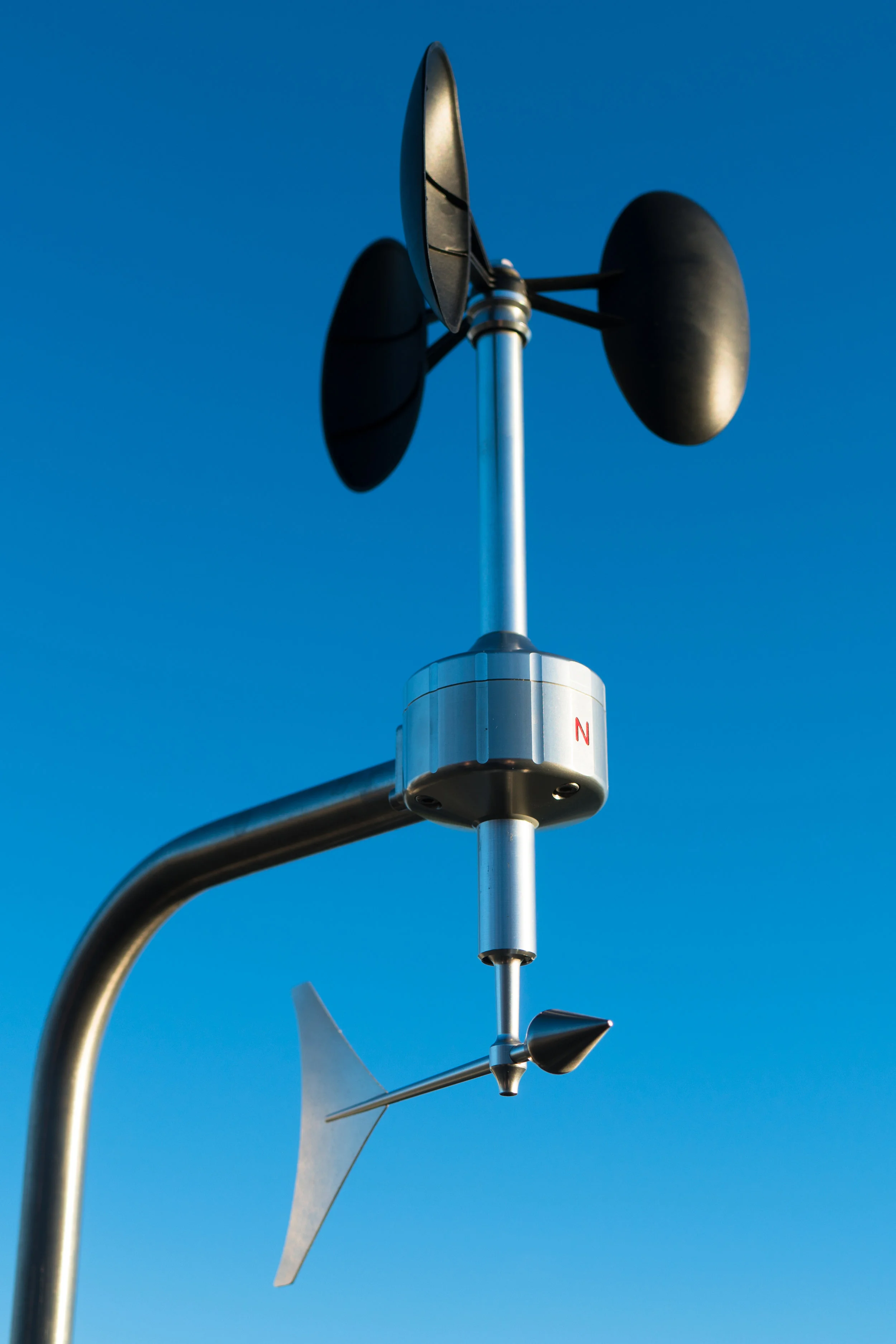MeteoWind Compact and MeteoWind IoT Pro ICE-FREE update
/Introducing the 2025 update of the MeteoWind Compact—now on sale! This highly anticipated upgrade to one of the meteorological industry's most reliable and accurate anemometers features a sleek, more aerodynamic body and a new black ICE-FREE wind vane makes for easy differentiation. While it retains full interchangeability with its predecessor, its name now includes a squared symbol, distinguishing it as the next generation of excellence.
New for 2025
MeteoWind Compact²
New black wind vane made of stainless steel reinforced plastic
Improved wind vane response and damping
Wind vane Delay distance < 1.0 m (acc. to ASTM D 536696)
Wind vane Damping ratio D = 0.31 (acc. to ASTM D 536696)
Wind vane Starting threshold <0.1 m/s at 90° amplitude (acc. to VDI 3786 Part 2)
Enhanced ICE-FREE winter operation even without heating. - a heated version of MeteoWind Compact² will be available in early 2025
Solid-state wind speed sensor with enhanced vibration resistance and reliability
New solid-state sensor technology to measure wind speed (replaces reed switch)
Redesign of its aerodynamic body to enhance linearity and accuracy beyond the most stringent MEASNET/WMO/EPA requirements.
More robust mounting bracket and more user-friendly mounting
Enhanced MTBF (Mean Time Between Failures) is 987,090 hours (112 years) per MIL-SPEC: MIL-HDBK-217 F Notice 2 Parts Count section ANSI/VITA 51.1-2013 (R2018)
Enhanced winter operation for wireless weather stations that do not have enough power to heat wind sensors
ICAO approved for all-weather airport use
For more information, please contact sales@baranidesign.com or see our datasheet section.






